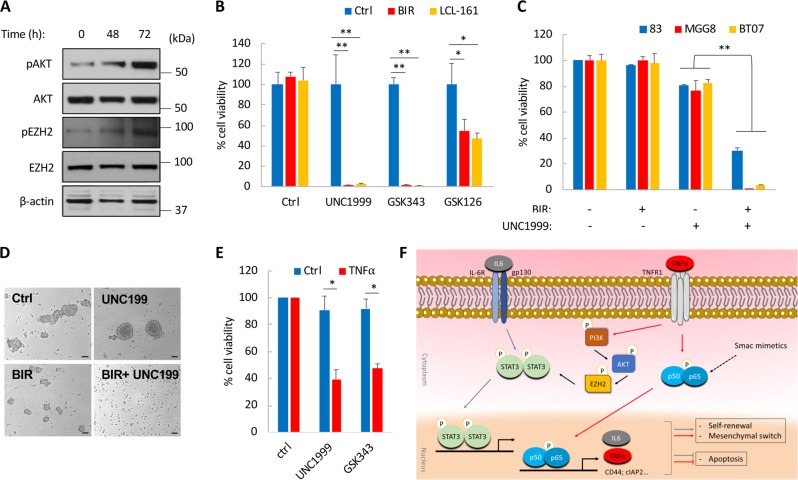Fig. 6. EZH2 inhibition impairs the viability of SM-treated GSCs.
a Western blot analysis of pAKT (Ser473) and pEZH2 (S21) following treatment with BIR (20 µM) for 0, 48, and 72 h. b Cell viability of BT07 GSCs 4 days post-treatment with BIR or LCL-161 (20 µM) in combination with three different EZH2 inhibitors: UNC1999, GSK343, or GSK126. c Representative images of BT07 GSCs after treatment with BIR (20 µM) and/or UNC1999 (5 µM) for 3 days. Scale bar, 100 μm. d Cell viability of GSCs treated with BIR (20 µM) and UNC1999 (5 µM) for 4 days. e Cell viability of GSCs treated with UNC1999 or GSK343 and TNFα (10 ng/ml) for 48 h. *p < 0.05; **p < 0.001; Student t-test. f Schematic representation of the activated signaling cascades following treatment of GSCs with SM; NF-kB activation promotes an autocrine/paracrine TNFα/IL-6 signaling which in turn activates AKT/EZH2 and STAT3, consequently promoting self-renewal and therapeutic resistance

